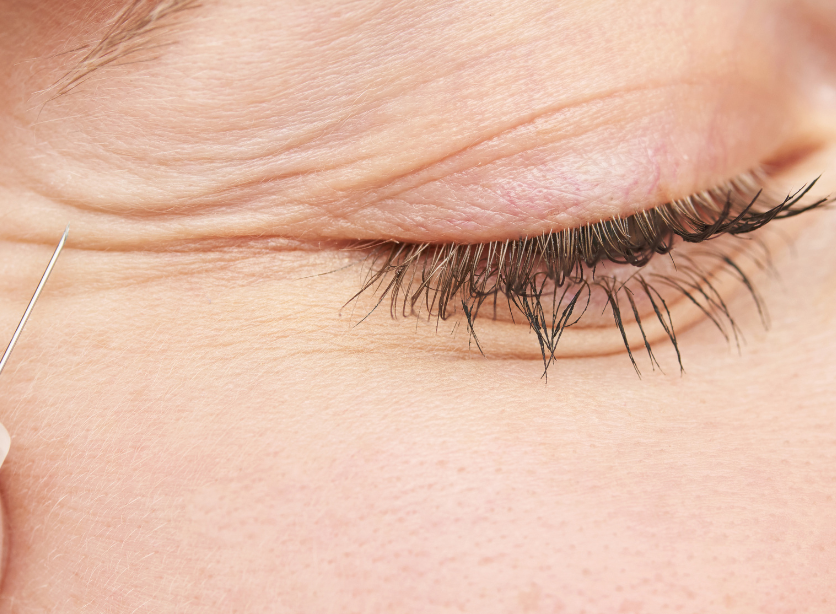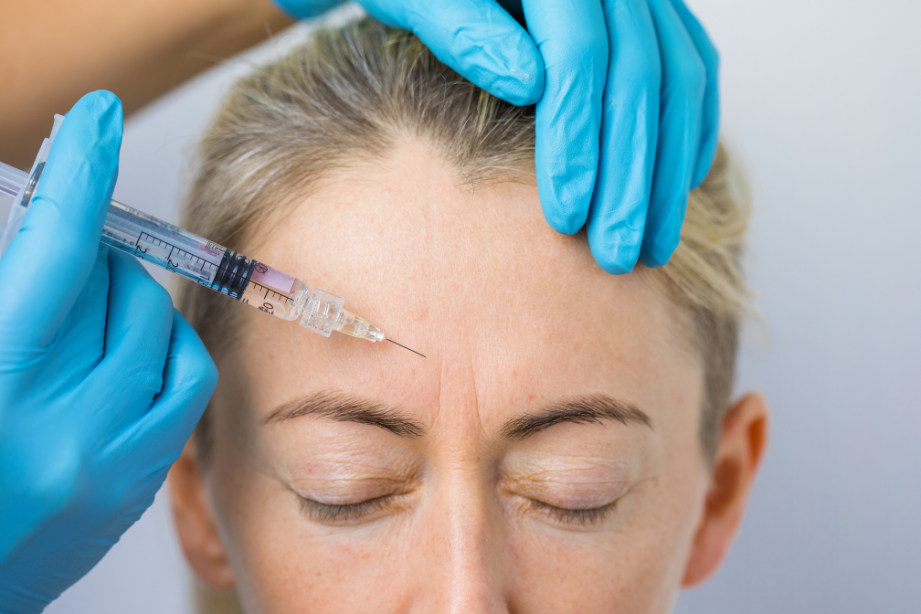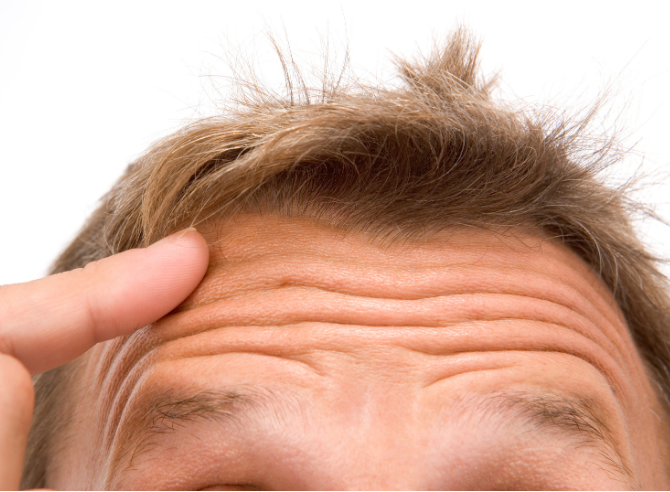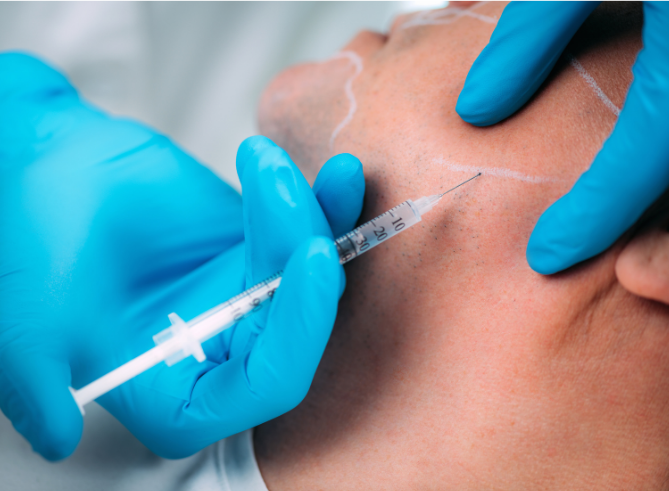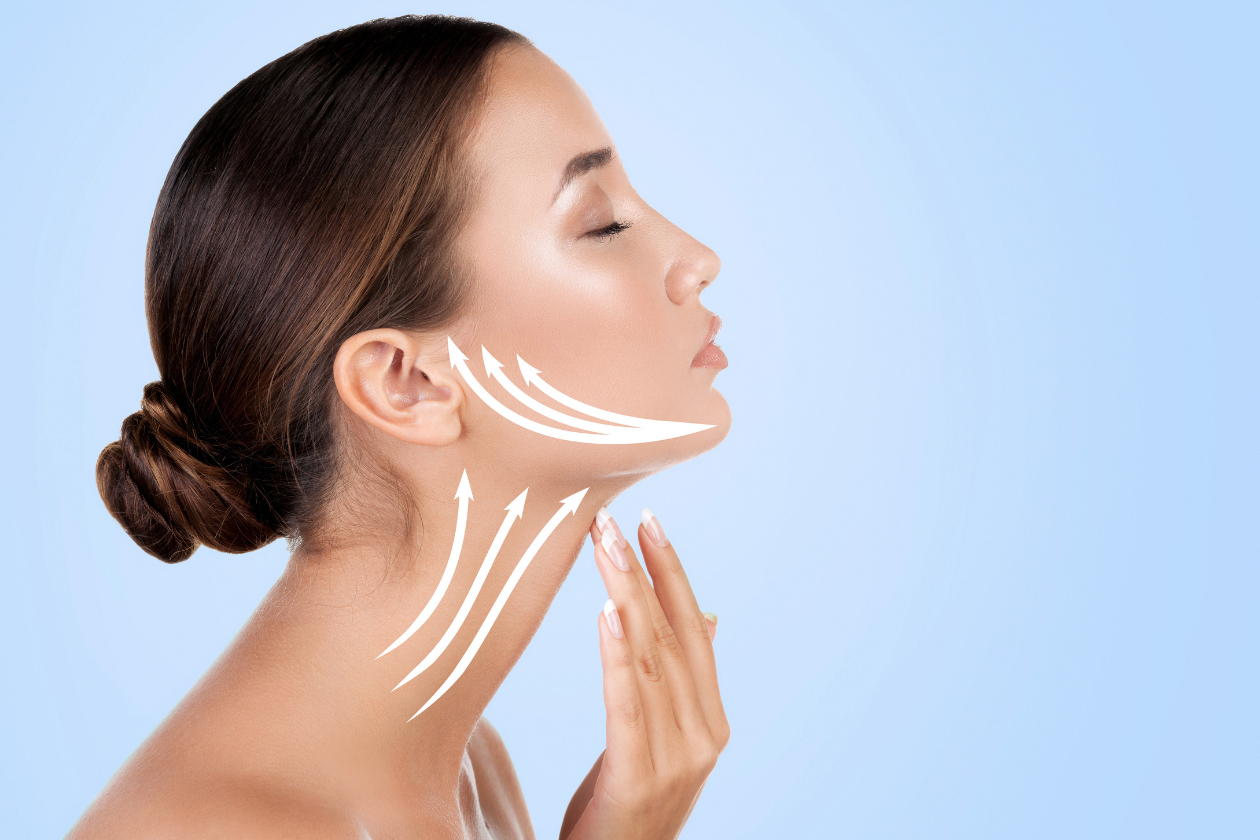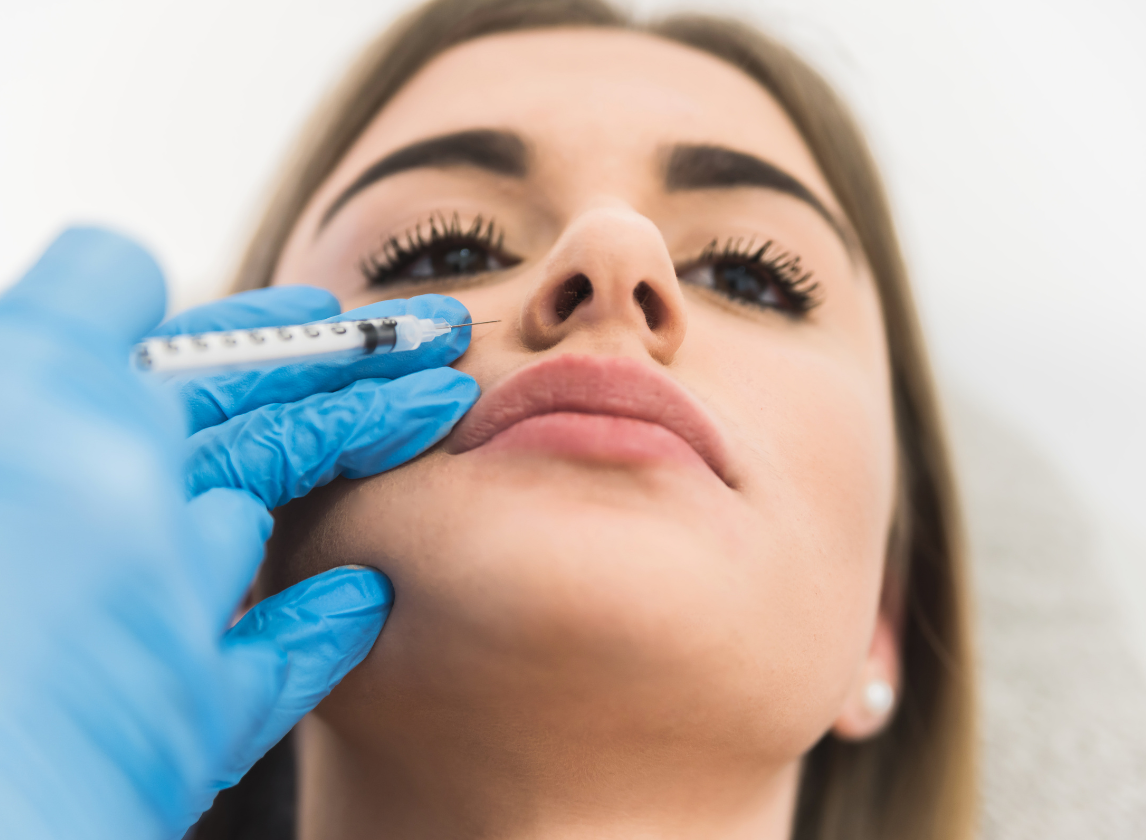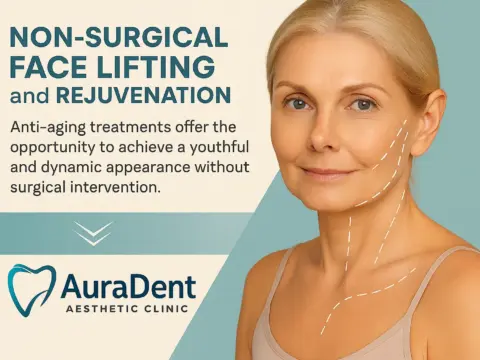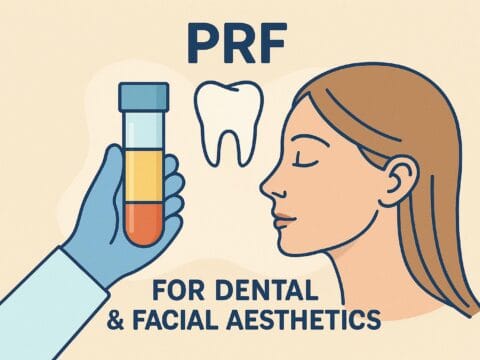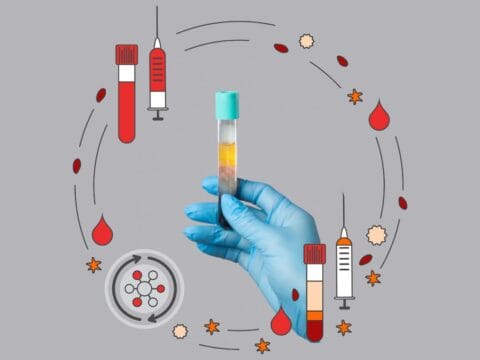All About Botox: Everything You Need to Know for a Smoother, Healthier You
At our clinic, we understand the importance of looking and feeling your best. Botox is one of the most popular and effective treatments we offer to help you achieve just that. Whether you're seeking a more youthful appearance or relief from chronic conditions, Botox can be an excellent solution. In this post, we'll take an in-depth look at what Botox is, how it works, the different types of treatments available for the head and neck, and more.


What is Botox?
Botox, short for Botulinum toxin, is a purified protein derived from the bacterium Clostridium botulinum. When administered in small, controlled doses, Botox temporarily relaxes targeted muscles by blocking the nerve signals that cause them to contract. This ability to relax muscles makes Botox incredibly versatile, offering both aesthetic and therapeutic benefits.
How is Botox Used?
In our clinic, Botox is administered through a series of small injections directly into the muscle areas that require treatment. The procedure is quick, typically taking just 10 to 15 minutes, and involves minimal discomfort. Before the treatment, your practitioner will discuss your goals and determine the appropriate injection sites to ensure the best possible outcome.
After the procedure, the effects of Botox will gradually become noticeable over the following days, with full results typically visible within two weeks. Depending on the area treated and your individual response, the effects of Botox can last anywhere from three to six months. Regular follow-up treatments are recommended to maintain your desired results.
Who is Botox For?
Botox is a versatile treatment suitable for a variety of people. Here’s a closer look at who can benefit from Botox and who should avoid it:
Ideal Candidates for Botox:
- Adults with moderate to severe wrinkles: Particularly those looking to reduce the appearance of fine lines and wrinkles on the forehead, around the eyes, or on the neck.
- Individuals with chronic migraines: Especially those who haven’t found relief with other treatments.
- People suffering from TMJ disorders: Those experiencing jaw pain, clenching, or tension headaches may benefit from Botox.
- Anyone seeking a non-surgical aesthetic enhancement: Botox offers a minimally invasive way to achieve a more youthful appearance without the need for surgery.
Who Should Avoid Botox:
- Pregnant or breastfeeding women: The safety of Botox during pregnancy or breastfeeding is not well established, so it’s recommended to avoid the treatment during these times.
- Individuals with certain neurological conditions: Conditions like ALS, myasthenia gravis, or Lambert-Eaton syndrome can be exacerbated by Botox, making it unsuitable for these patients.
- Anyone with known allergies to Botox ingredients: If you’ve had an allergic reaction to any Botox components in the past, this treatment may not be safe for you.
Benefits of Botox
Botox offers numerous benefits, making it one of the most popular treatments in both cosmetic and medical fields:
- Reduces wrinkles and fine lines: Botox is highly effective at smoothing out wrinkles, helping you maintain a more youthful appearance.
- Minimally invasive: Botox provides a non-surgical option for facial enhancement, with little to no downtime required.
- Treats chronic conditions: Botox is a proven treatment for migraines, TMJ disorders, and other muscle-related issues, improving patients' quality of life.
- Quick and convenient: The procedure is fast, often completed in under 15 minutes, making it easy to fit into a busy schedule.
When to Call Your Doctor After a Botox Procedure
While Botox is generally safe and well-tolerated, it’s important to be aware of potential side effects and know when to contact your doctor:
- Severe or persistent pain at the injection site: Some discomfort is normal, but if pain persists or worsens, consult your doctor.
- Unusual swelling or bruising: Mild swelling or bruising can occur, but if it becomes excessive, seek medical advice.
- Difficulty swallowing, speaking, or breathing: These are rare but serious side effects that require immediate medical attention.
- Drooping eyelids or eyebrows that don't improve: Botox can sometimes cause temporary drooping; if it doesn’t resolve, contact your provider.
- Signs of an allergic reaction: Symptoms like rash, itching, or difficulty breathing should be reported to your doctor immediately.
If you experience any of these symptoms or have concerns after your Botox treatment, don’t hesitate to reach out to our clinic. Your safety and satisfaction are our top priorities, and we’re here to help you through every step of your Botox journey.
Botox is a powerful tool in both the cosmetic and medical fields, offering a range of treatments that can enhance your appearance and improve your quality of life. Whether you’re looking to smooth out wrinkles, contour your jawline, or find relief from chronic migraines, Botox provides a safe, effective, and non-invasive solution. At our clinic, we’re dedicated to helping you achieve your aesthetic and health goals with personalized Botox treatments tailored to your needs.
If you’re considering Botox or have any questions, feel free to contact us today. We’re here to guide you through the process and ensure you achieve the best possible results.





